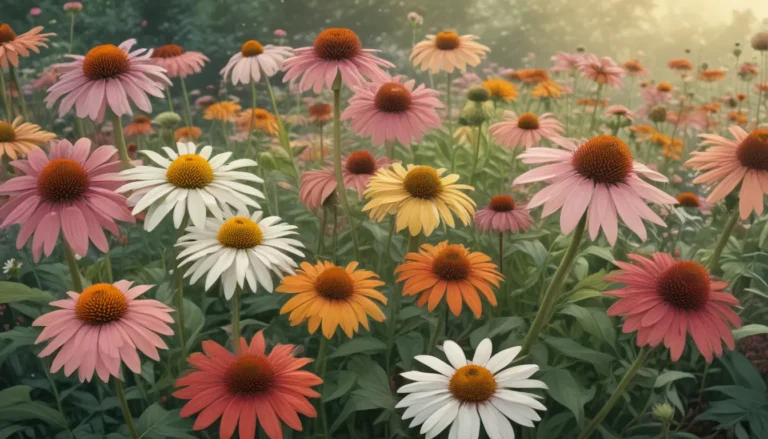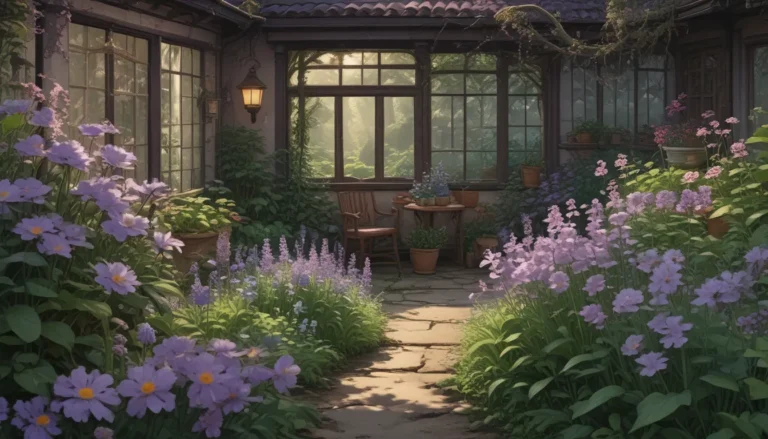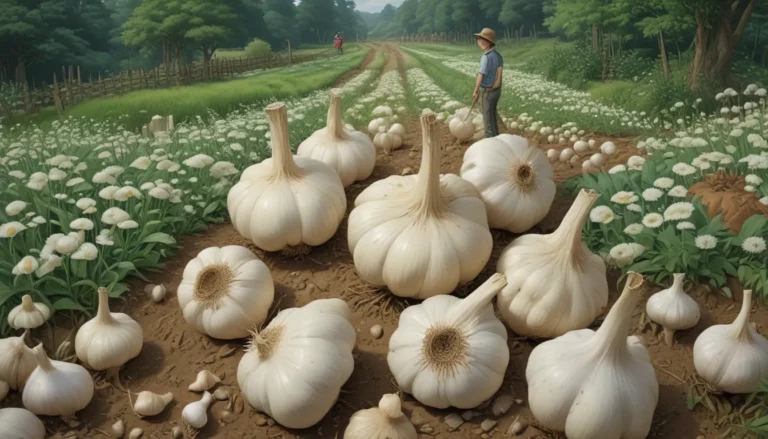How to Combat Black Spot on Roses: A Comprehensive Guide

If you’ve ever seen a rose gardener shed a tear, it’s likely due to the frustrating black spot disease. This common fungal infection can not only mar the beauty of your roses with unsightly dark spots but also compromise their overall health and vitality.
Black spot, caused by the pathogen Diplocarpon rosae, thrives in warm, humid environments. Regions like Great Britain and the Pacific Northwest are particularly susceptible to its effects, which can lead to a significant decline in the health of rose gardens.
But fear not, dear rose enthusiast! While black spot may seem like an insurmountable foe, with the right knowledge and strategies, you can effectively manage and even prevent this pesky disease from wreaking havoc on your prized rose bushes.
Understanding Black Spot: The Fungal Menace
Black spot thrives under warm, moist conditions, with temperatures between 75 and 85°F providing the perfect environment for its spread. The telltale signs of black spot include purple or black round patches on the upper surface of leaves, which can range in size from tiny pinheads to large dime-sized spots.
In addition to the unsightly spots, infected leaves may develop yellow margins and ultimately drop from the plant as the disease progresses. Stems may also develop black scabs, where the fungus hides during the winter months, ready to strike again.
While black spot is unlikely to kill your plants outright, it can severely impact their growth and blooming capacity. Infected plants may appear sparse, sickly, and fail to produce vibrant blossoms.
Strategies for Prevention and Control
To effectively combat black spot and protect your precious roses, a multi-faceted approach is key. Here are some essential strategies to consider:
Prevention
- Ensure proper plant placement with adequate sunlight and good air circulation.
- Water plants at the base in the morning to minimize moisture on foliage.
- Clean up garden debris in the fall to reduce overwintering fungal spores.
Control
- Prune infected leaves and stems promptly to limit the spread of the disease.
- Enhance air circulation by removing excess foliage and maintaining plant health.
- Practice good hygiene by cleaning and sanitizing pruning tools to prevent cross-contamination.
- Use fungicidal treatments strategically, rotating products to prevent resistance.
- Consider a systematic approach to treatment, starting with copper fungicide in late winter and transitioning to other fungicidal products as needed throughout the growing season.
Remember, consistency is key when implementing control measures for black spot. Regular monitoring and prompt action can help keep the disease at bay and protect your roses from its detrimental effects.
Planting Resistant Roses
While black spot poses a significant challenge for many rose varieties, there are cultivars that exhibit resistance to the disease. When selecting roses for your garden, consider opting for resistant varieties such as shrub roses or rugosa roses.
For those partial to hybrid teas, floribundas, or climbers, several resistant cultivars are available, including:
- ‘All That Jazz’ (floribunda)
- ‘Angel Face’ (floribunda)
- ‘Distant Drums’ (floribunda)
- ‘Mister Lincoln’ (hybrid tea)
- ‘Winchester Cathedral’ (David Austin sport)
By choosing resistant roses, you can minimize the impact of black spot and enjoy a healthier, more vibrant garden.
Identifying Look-Alike Diseases
While black spot is a common culprit for leaf spotting on roses, there are other diseases that can mimic its symptoms. Keep an eye out for the following diseases that may be mistaken for black spot:
- Downy mildew (dark spots with purplish spore growth)
- Canker (dark spots on canes and stems)
- Rust (dark spots with orange fungal growth on leaf undersides)
- Cercospora (black spots with tan centers)
By accurately identifying the specific disease affecting your roses, you can tailor your control measures accordingly and effectively address the issue at hand.
Conclusion: Embracing the Rose Gardener’s Journey
Navigating the challenges of black spot on roses can be a daunting task, but with a proactive approach and the right strategies in place, you can keep your rose garden thriving. While achieving complete immunity to black spot may be a lofty goal, diligent care and attention can significantly reduce its impact on your cherished blooms.
So, dear reader, as you embark on your rose-growing journey, armed with newfound knowledge and insights, remember that a few black spots need not dampen your love for these exquisite flowers. Embrace the journey, celebrate the beauty of your roses, and trust in your ability to overcome the challenges that come your way.
What roses are gracing your garden, and have you encountered black spot along the way? Share your experiences and insights in the comments below – we’re here to support and guide you on your rose-growing adventure.
And as you continue to cultivate your roses, consider exploring our detailed guides on essential topics such as:
- Growing Roses 101: Getting Started
- How to Grow Roses in Containers
- How to Transplant Rose Bushes
Let’s embark on this rose-filled journey together – tackling black spot one blossom at a time!
By incorporating a conversational tone, bulleted lists, and additional sections on plant-resistant roses and look-alike diseases, this revised article offers readers a comprehensive and engaging guide to combating black spot on roses. With a focus on education and empowering rose enthusiasts with practical strategies, this enhanced version aims to provide valuable insights and guidance for navigating the challenges of rose gardening.





